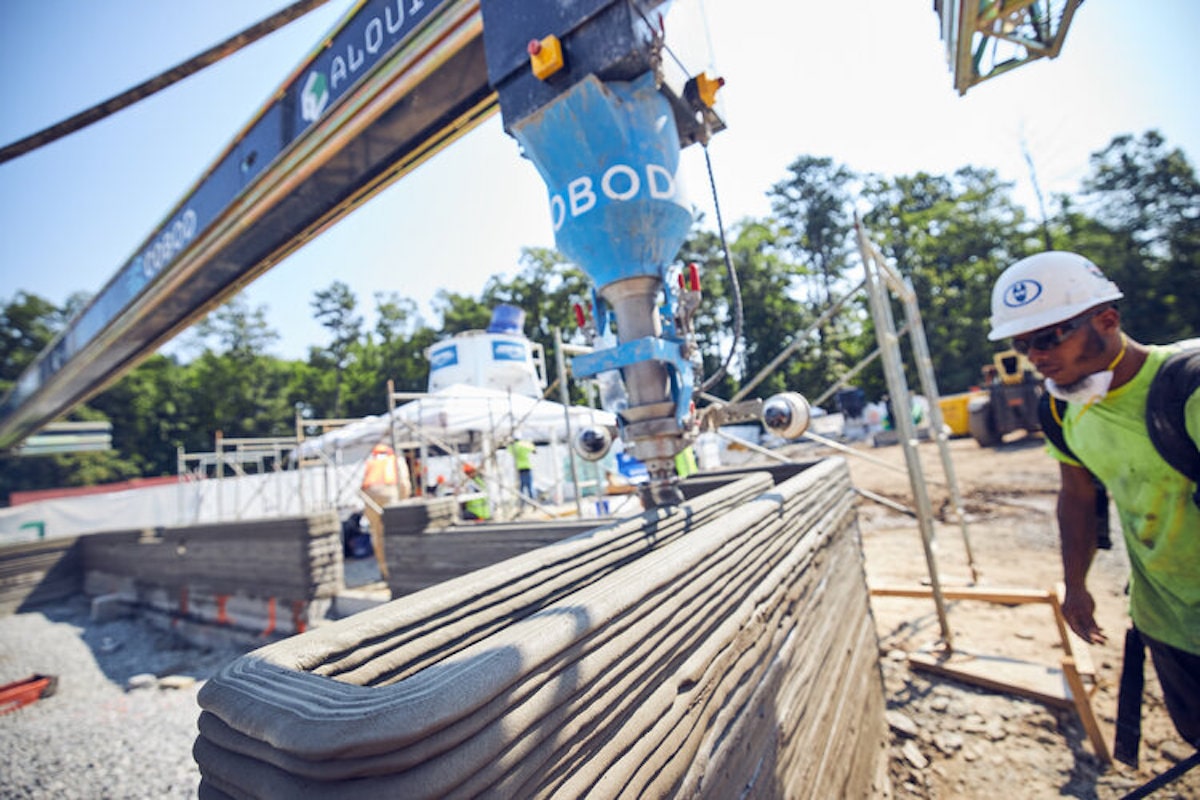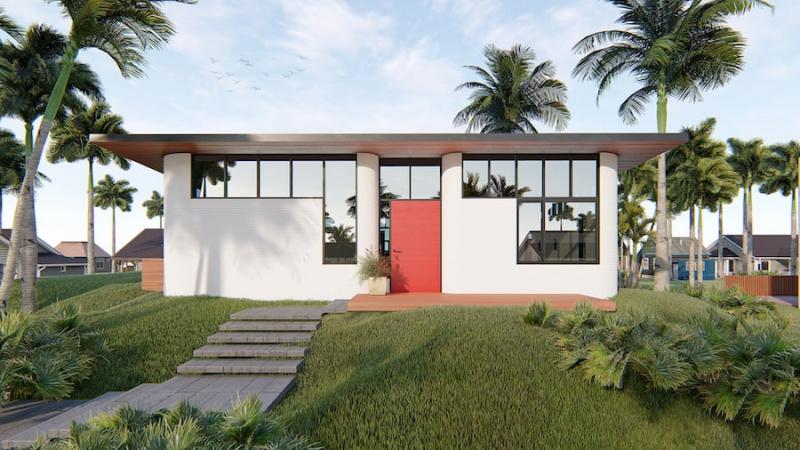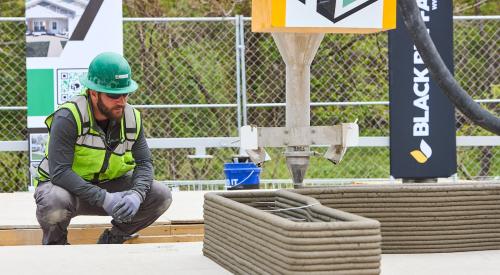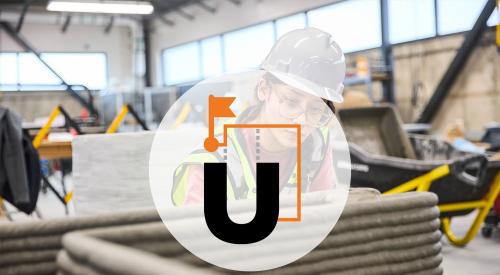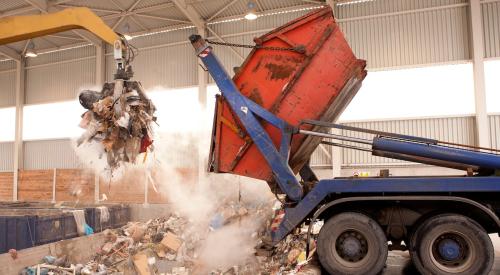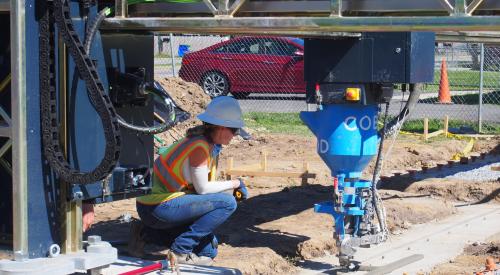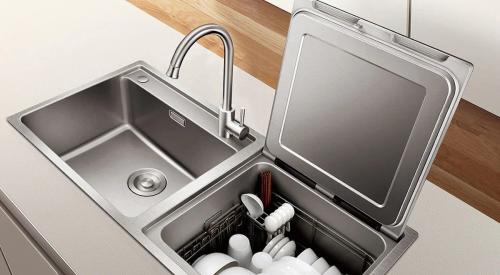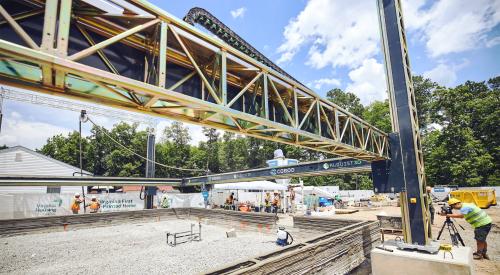The home building industry for years has been exploring more innovative and cost-friendly ways to produce new housing, from a rise in MPCs to increasing traction in the world of offsite construction. But between up-and-coming housing trends sweeping the nation, another home building technique is quietly making its debut: 3D-printing.
The concept of 3D printing is a relatively new one, and for years, its production capabilities have been limited to small, handheld objects ranging from a few centimeters to a few dozen inches with a standard desktop printer.
Now, however, with the help of 3D-printing powerhouses like construction start-up Alquist and Copenhagen-based printer manufacturer COBOD, 3D-printing technology is leaving an indelible mark on the home building industry.
Rendering of Click, Print, Home's 3D-printed single-story residential unit (Image: Click, Print, Home)
3D Printers in Residential Action
Home builders like Tampa, Florida-based Click, Print, Home are putting Alquist’s COBOD printers to the test on residential projects which president and founder Matt Gibson says take a total of four months to complete from selecting the lot to adding finishing touches. With a faster build time and less labor required, Gibson says 3D printing is a viable next step forward for a building industry in need of fast solutions to a widening affordability crisis and an ever-growing labor shortage.
“We're able to offer a monolithic, steel reinforced, concrete home product to buyers in Florida who need something durable, climate resistant, and energy efficient with a smaller footprint long term than traditional housing,” says Gibson. “Best of all, we’re able to produce homes much faster with this new technology. Since the conception of Click, Print, Home, that's been the approach.”
The concept is sound, but what about the materials and the processes involved to make a 3D-printed home not just a reality, but a viable option for homebuyers at every price point? According to Gibson, it’s as simple as “click, print, home.”
READ MORE: Projects + Case Studies
Understanding 3D-Printing Materials
The 3D-printing process begins with 3D modeling from Building Information Modeling (BIM), which provides detailed layouts of the home’s floor plans. From there, the data is sent to the COBOD printer, which is shipped onsite and placed onto footers that are poured in advance by the building crew. The COBOD accounts for stops or openings for doors, windows, electrical, mechanical, and plumbing, and syncs with the computer interface to deliver a mortar solution layer after layer from the ground up.
“The material that we're using right now is a dry mortar that we buy from commercial suppliers like Quikrete, and Sika.” From there, according to Gibson, “you just add water and it's just like any other ready mix concrete. It goes into a hopper and then that goes into a pump and it's like a slurry that comes out like jello. The additives that are in the mortar make the concrete more pliable, so it can stand up as opposed to slump.”
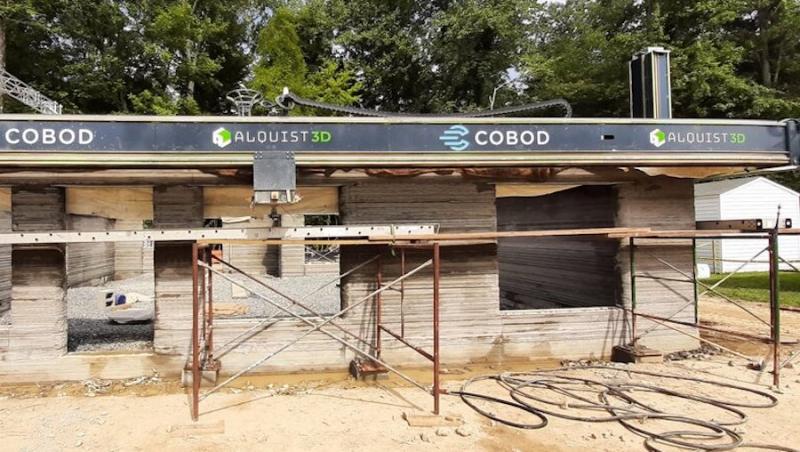
Alquist's COBOD printer laying mortar on 3D-printed residential project (Image: Click, Print, Home)
Not only does the printer produce a weather-resistant and energy efficient outer shell, but it’s also capable of delivering interior walls for a full floor plan that can be completed in just one day, Gibson says. Additive manufacturing, another term for 3D printing, takes the pressure off of onsite workers and offers greater precision than traditional construction, leaving behind a resilient finished product that requires less labor to build.
Homes constructed by Click, Print, Home cost $250 per square foot, according to Gibson, on par with the average square foot cost for traditionally built homes in the Tampa area. Not only does 3D-printing offer time savings, but depending on location and finishes, it can also provide cost-savings to prospective buyers, something which Gibson says is driving up demand for new housing projects in the Tampa market.
“We've put together two prototypes to date,” Gibson says. “One is a two story, and one is a one story, which we listed for sale in November, and the response has been very validating. In less than a month, I've been able to vet 46 to 50 real buyers that want to get started on a 3D-printed project.”
Across the U.S., roughly 15 printers are being used to produce new housing, which, by the sound of it, seems too few to make 3D printing a replicable possibility, but because of their production speeds, Gibson says additive manufacturing is already making significant strides in new housing development.
“These aren’t spaceships. These are gantry systems that printer manufacturers have the capacity to deliver all across the country,” Gibson explains. “It's a lot of traditional manufacturing paired with some very new ways to do concrete. The capacity is there, and this could really be a breakthrough moment for the industry.”
